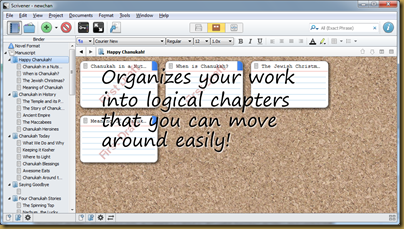Want to write better? Want to sell more books? All for under a buck?
Of course you do.
It doesn’t matter whether you’re writing children’s books, blogs, or full-length adult nonfiction (or anything else). The basics of writing and publishing in a digital age are exactly the same.
Lots of self-proclaimed “experts” will tell you how you can cash in on some kind of digital gold rush, but they’re all lying to you. Their tips are gimmicky and most won’t hold true for more than a few months at a time.
Just in time for NaNoWriMo, two bestselling writers and one exceptionally prolific writing team have put together the Indie Author Power Pack. It’s coming out November 3rd, but if you buy it now, it’s 88 cents. That’s 88 cents for three books.
This is easily the best 88 cents you will EVER spend on your writing career.
I literally stumbled across this today on Amazon, so I have no clue how long the presale deal’s going to last.
My current favourite, Write, Publish, Repeat (which I bought in audiobook, but have never sat down and read), alone must be over 100,000; it’s a monster (check out my review of Write Publish Repeat, plus my interview with its author, writer dad Sean Platt). And it costs $5 all by itself.
Again, the bundle is 88 cents.
NOTE: US-based viewers may see a price of 99 cents. I wrote and published this post before I thought to check how it showed up here. Here’s a screenshot of how the site comes through at my end:
(Which is funny, because usually we pay MORE outside the U.S.)
Let’s take a look at the math.
- Johnny B. Truant and Sean Platt’s Write. Publish. Repeat. The No-luck guide to self-publishing success is regularly $4.99.
- Joanna Penn’s How To Market A Book is regularly $5.99.
- David Gaughran’s Let’s Get Digital is regularly $4.99.
That’s at least $15 worth of ebooks, and these aren’t some second-run thing put out by fly-by-nights who don’t know what they’re doing. These are the superstars of self-publishing, who have been at it for years and want to share their ideas with you..
I just bought the bundle, and I can’t wait until it comes out. You should, too, even if you already own one (or two) of the books. Here’s your last chance for this post…
If you do get it, or if any of these books have helped YOU, let me know in the Comments.



















